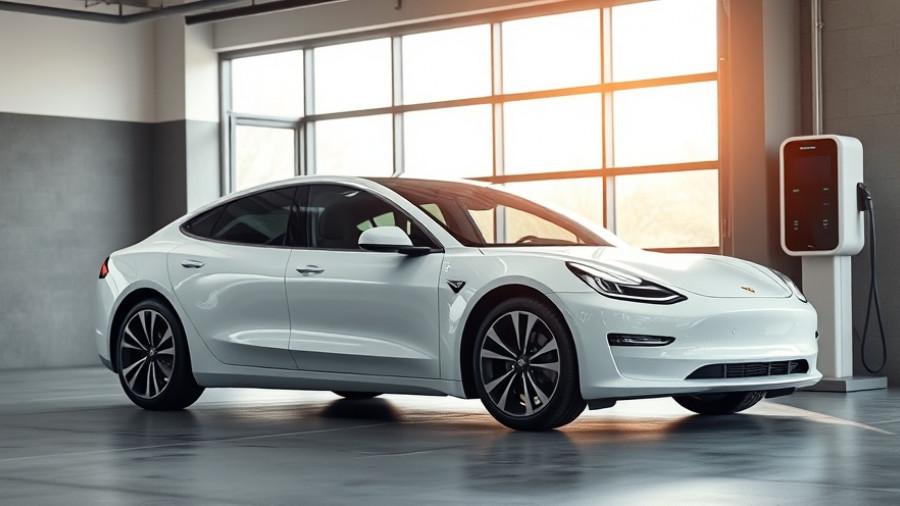
Introducing the Future of Heavy-Duty Handling: Hyster’s Electric Container Handler
As the global focus on sustainability intensifies, innovations in heavy-duty machinery are making a substantial leap towards emission-free operations. Hyster, a recognized leader in manufacturing material handling equipment, has recently unveiled its first fully electric empty container handler, the J6-7XD-EC3/4 models, designed specifically for ports and container terminals. This breakthrough introduction taps into integrated lithium-ion battery technology, promising performance comparable to conventional internal combustion engines (ICE) and significant reductions in greenhouse gas emissions.
Embracing Clean Energy in Port Operations
In a bid to align with the sustainability goals set forth by many in the shipping and logistics sectors, Hyster’s electric container handlers are tailored for high performance while supporting global decarbonization efforts. With a lifting capacity ranging from 6,000 to 7,000 kilograms, this vehicle not only manages heavy loads but also stacks containers up to four high, showcasing the robust capabilities of electric technology in an industry that traditionally relies heavily on diesel.
Equipped with a 350V system architecture, the J6-7XD-EC3/4 is reported to be designed for optimal energy efficiency. This lower voltage system offers better uptime performance compared to higher-voltage alternatives, signifying that operators can experience reduced operational costs while benefitting from reliable machinery.
A Quiet Revolution in Container Handling
One of the most appealing attributes of Hyster’s new models is their ability to vastly minimize noise pollution compared to diesel-powered machinery. The reduction in noise levels contributes to a more favorable working environment, particularly in urban port settings where peace and quiet can enhance community relations. This aligns with the overarching trend among industries to not just go green but also to improve the quality of life for those living nearby.
Durability Meets Modern Design
Designed to endure the rigors of container handling environments, the J6-7XD-EC3/4 features a sturdy chassis with easy access for maintenance, ensuring that the high-voltage components behind removable panels are straightforward to service. The vehicle’s cabin is ergonomically crafted to enhance operator comfort and control, with panoramic visibility provided by tempered glass windows and a vibrant, integrated performance display. This thoughtful design not only increases efficiency but is also a perfect example of how modern technology can positively impact user experience in demanding jobs.
The Broader Impact of Electric Machinery
Hyster's developments precede this with a rich history of introducing emission-free vehicles, including electric forklifts and hydrogen-powered trucks. These innovations are indicative of a pivotal shift towards sustainable practices within the material handling sector. Such transitions reflect the urgent need to adapt operations in line with tightening regulations on emissions, leading to a future where electric machinery predominates.
Furthermore, it’s critical to note that the move towards an electric future is not simply a trend; it is a necessity driven by evolving policies and consumer preferences demanding eco-friendly solutions. Companies are increasingly recognizing the long-term viability of battery-powered machines, not only for environmental benefits but also for their potential to yield significant cost savings on fuel and maintenance.
Conclusion: Invest in a Sustainable Future
For homeowners and businesses looking to embrace green energy solutions, the launch of Hyster's electric empty container handler represents an exciting advancement not just in technology, but also in operational sustainability. It serves as a compelling reminder that investing in innovative machinery can lead to reduced carbon footprints and improved operational efficiency. As the conversation around climate change grows louder, it is essential for companies to consider how they can integrate similar sustainable practices into their own operations.
If you’re interested in the benefits of electric vehicles and green energy solutions, consider exploring options for integrating sustainable technologies in your projects or logistics operations. The time to invest in our planet’s future is now.
 Add Row
Add Row  Add
Add 



Write A Comment